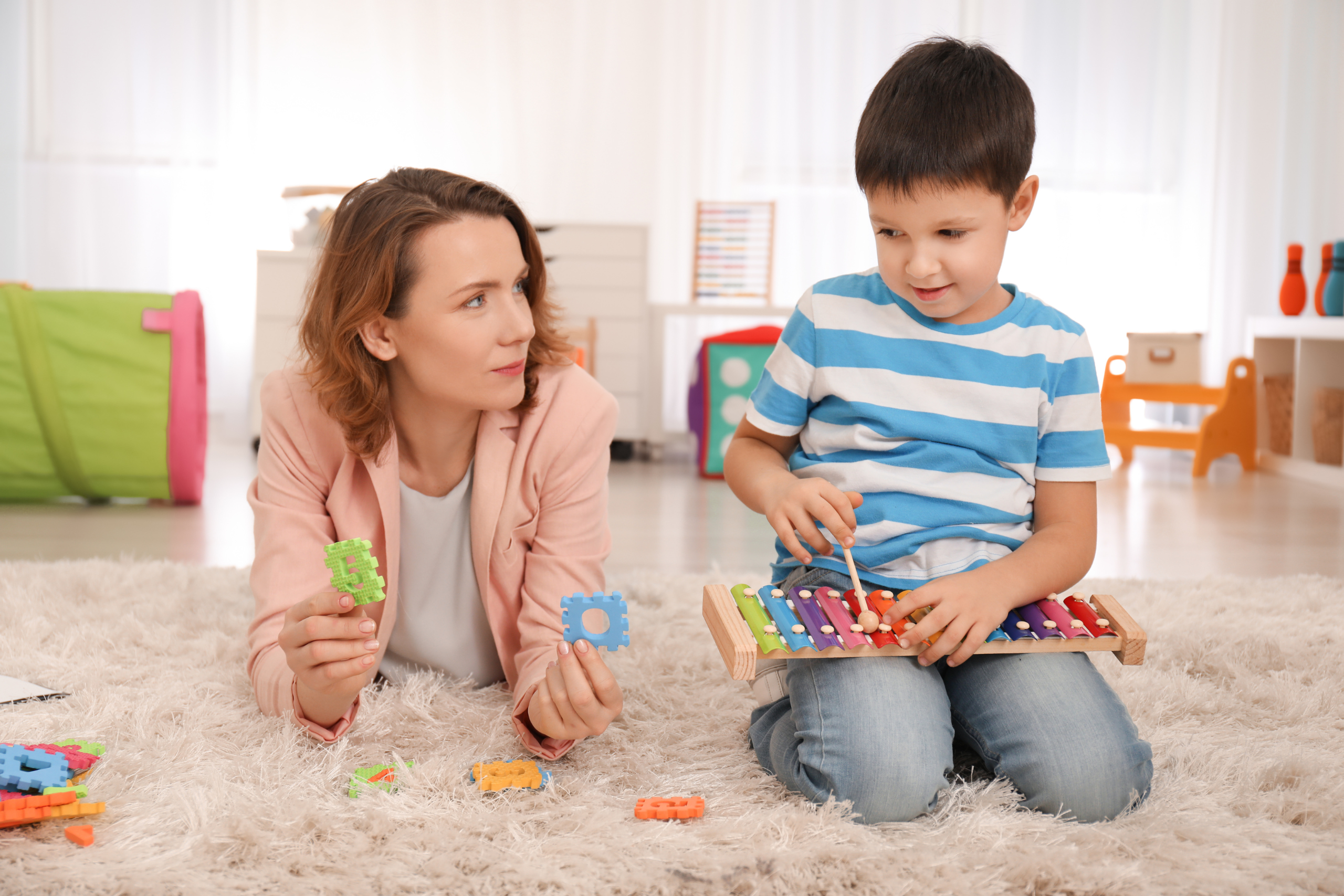Rethinking Behavior: It’s Not About “Good” or “Bad”Many of us were raised to believe that "good behavior" is a direct reflection of "good parenting." So when a child has an outburst, crying inconsolably, screaming, or throwing themselves to the floor, it’s easy to feel like we’ve done something wrong. But here’s the truth: these behaviors …
Rethinking Behavior: It’s Not About “Good” or “Bad”
Many of us were raised to believe that “good behavior” is a direct reflection of “good parenting.” So when a child has an outburst, crying inconsolably, screaming, or throwing themselves to the floor, it’s easy to feel like we’ve done something wrong. But here’s the truth: these behaviors are not a sign of failure. They’re often a completely normal part of development, especially for children who are autistic, have ADHD, or are otherwise neurodivergent.
Children who struggle with verbal communication often express themselves through big emotions and intense behaviors. These are not manipulative or “bad” behaviors. They are attempts to communicate needs, discomfort, or distress.
Discipline vs. Understanding: What Are We Really Teaching?
When we don’t have the tools to interpret behavior as communication, we may fall back on discipline methods that focus on stopping the behavior rather than understanding it. Timeouts, sticker charts, and punishments may seem to work in the short term, but they don’t teach long-term skills, especially not the ones neurodivergent kids need most.
Real growth happens when a child feels:
- Safe
- Understood
- Supported
Instead of asking, “How do I stop this behavior?” try asking, “Why is this behavior happening?” As an occupational therapist, I’m here to help you uncover those answers.
Why Behavior Is Communication
From an occupational therapy (OT) perspective, challenging behaviors are often a sign of unmet sensory, emotional, or physiologic needs, not defiance or disrespect.
Examples of What Might Really Be Going On:
- A child who “refuses to listen” may be overwhelmed, overstimulated, or exhausted.
- A meltdown may be due to sensory overload, anxiety, or even being hungry or thirsty.
- Behaviors like inattention, impulsivity, or constant movement may stem from executive function challenges or sensory processing differences.
If we respond to these behaviors only with correction or control, we risk increasing distress, promoting shame, and missing a key opportunity to teach regulation and connection.
What Neuro-Affirming Discipline Looks Like
Occupational therapists, particularly those trained in neurodiversity-affirming practices, focus on strategies that work with a child’s nervous system, not against it. Our approach is rooted in compassion, connection, and skill-building.
Key Principles of OT-Based Support:
1. Connection Over Correction
The first step in addressing behavior is building a trusting relationship. Take this example: When your child refuses to do their homework, try validating their emotions and considering where they may be in that moment. Instead of going straight to the lesson on responsibility or consequences, acknowledge what you observe. “It seems like you’re really frustrated right now.” Then, open a dialogue. “Do you want to take a break and tell me what’s going on?” Maybe they’ll tell you it’s boring. Or maybe they’ll say they’re feeling tired, need help, or are too hungry to focus. The point is, you won’t know unless you take that first step to connect with them.
2. Co-Regulation
Children are often expected to learn how to self-regulate at a very young age. But here’s the thing — children can’t regulate their emotions until they’ve learned to process them with a trusted adult. Co-regulation means showing your child what calm looks and feels like, validating feelings, and not punishing them for being dysregulated.
3. Skill-Building
OTs work with children to develop:
- Sensory strategies
- Emotional awareness and naming emotions
- Executive function skills (planning, impulse control, organization)
4. Environmental Supports
Sometimes the issue isn’t the child — it’s the environment. OTs help families adjust lighting, noise levels, seating, schedules, and transitions to support sensory needs and reduce behavioral stress.
Example: Instead of insisting a child sit still at dinner, we might offer a wobble cushion or allow movement breaks.
Supporting Parents Too: Because You Matter
What many families don’t realize is that occupational therapy supports more than just kids—it supports parents, too.
Parenting is incredibly demanding. And when you are overwhelmed, undersupported, or burned out, it becomes even harder to respond with empathy and consistency. OTs can help parents:
- Build emotional resilience
- Understand their child’s unique needs
- Learn strategies for calmer, more connected interactions
- Set boundaries without shame or power struggles
Final Thoughts: Discipline Through a Neuro-Affirming Lens
Children’s behaviors are not random — they are messages. When we start to interpret those messages with curiosity and compassion, we move from control to connection. Discipline doesn’t have to mean punishment. It can mean guidance, support, and the co-creation of tools that allow kids to thrive.
If you’ve ever asked yourself, “Why is my child acting this way?” — you’re not alone, and you’re not failing. You’re asking the right question. And with the right support, you can find answers that honor both your child’s needs and your own.
Let’s Chat
If you’re in Houston or Spring Branch and wondering whether OT might help your child, we’d love to talk.
We’re here for you. Let’s help your child feel more at ease in their own skin—because every child deserves to feel safe, seen, and celebrated just as they are.






